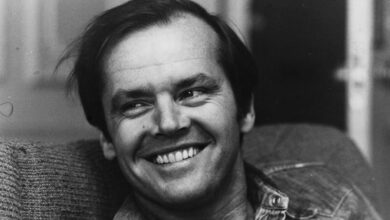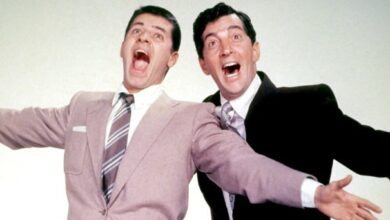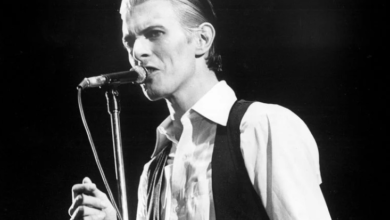The Cosby Show turns 30: why everyone loved the Huxtables
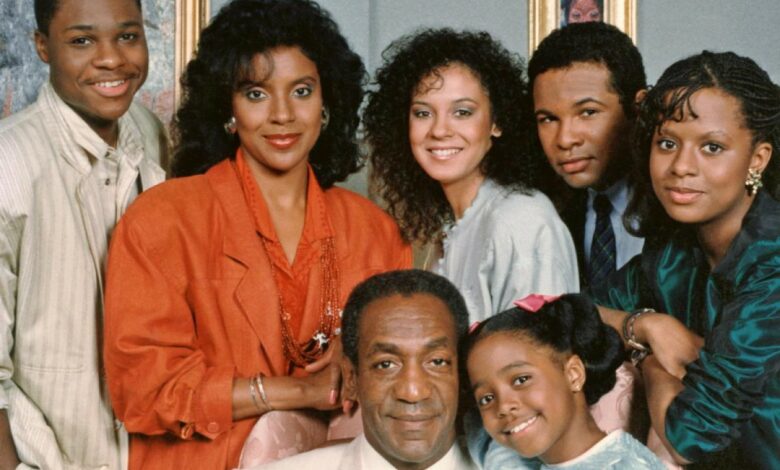
There hasn’t been anything quite like The Cosby Show on US TV since it went off the air in 1992, which is strange, since it seemed to be ushering in a new era of multi-faceted television. There was a shift in the 1990s, and suddenly television shows that featured all-black casts were marketed specifically to all-black audiences. Black people had been on TV before 1984, of course, but rarely in a way that validated or acknowledged the black upper-middle class.
Even though they deftly handled it from time to time (“Your mother and I are rich, but you have nothing”), The Cosby Show’s strength was in showcasing the absurdity of family life in a way that didn’t obscure race. The things we remember about this show were its most hilarious and sincere moments. When the entire family lip synched Night Time is the Right Time by Ray Charles for their grandparent’s anniversary, with little Rudy belting out the powerhouse Margie Hendricks part, it became an instant classic, even if it did force you to realise that your own family was far less fun. Peter, the mostly mute, portly neighbour, snuck into Rudy’s slumber party and tried to stay upright during the bucking horse game everyone else had already played on Cliff’s knee. You’ll occasionally still hear someone say “Jammin’ on the one” when they grab the karaoke microphone, a nod to the family’s unforgettable visit to Stevie Wonder’s studio.
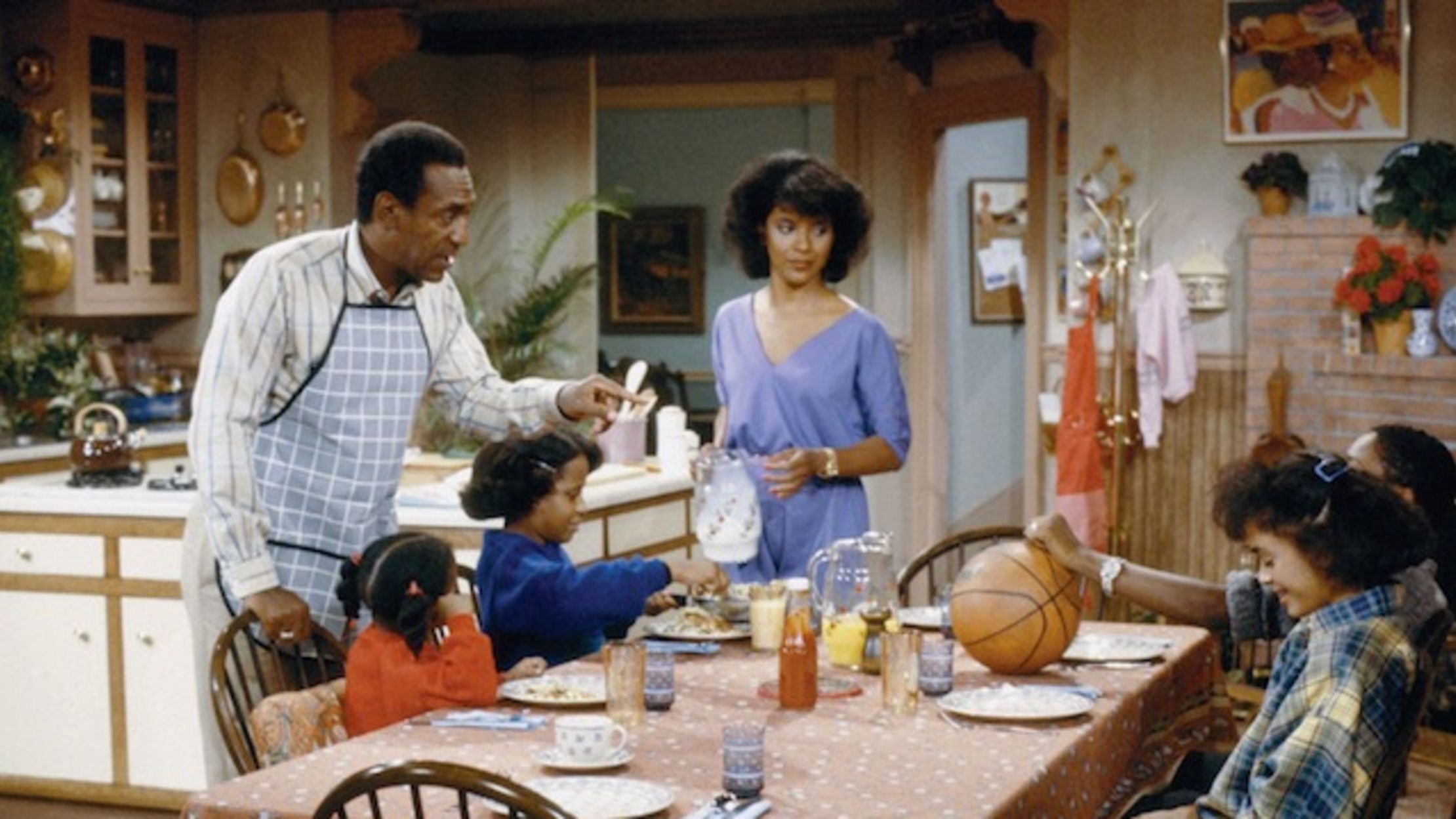
We all waited to see how the opening sequence would change each season; it felt fresh and creative even though it was just the same cast members dancing each time. Both the show and Bill Cosby became famous for the bright, bold sweaters he favoured – which Jack Black immortalised as the Cosby Sweater in 2000’s High Fidelity – but Denise wasn’t far behind as as a style icon, doing boho chic 30 years before it was a concept packaged on the high street.
The Huxtables were cool parents, but not in a detached way. They danced and sang and laughed all over the house, but they also held a mock trial to catch Theo in a lie, and flipped out when Vanessa got caught wearing makeup after being expressly told not to. They didn’t seem interested in being their kids’ best friends and they rarely let them get away with anything, but everyone still had a modicum of respect for their familial roles in a way that felt like real life.
For all the emphasis put on creator and namesake Cosby, he knew when to back away and let the rest of the cast shine, Claire (Phylicia Rashad) chief among them. She stood out with her skin-flaying feminist tirades, often directed at Elvin, her daughter Sondra’s clueless husband. She was one of the first women on television who actively refused to let men define her while still being comfortable in her success, and actors struggle to find a fraction of the combined attitude and elegance that Claire Huxtable showed so easily.
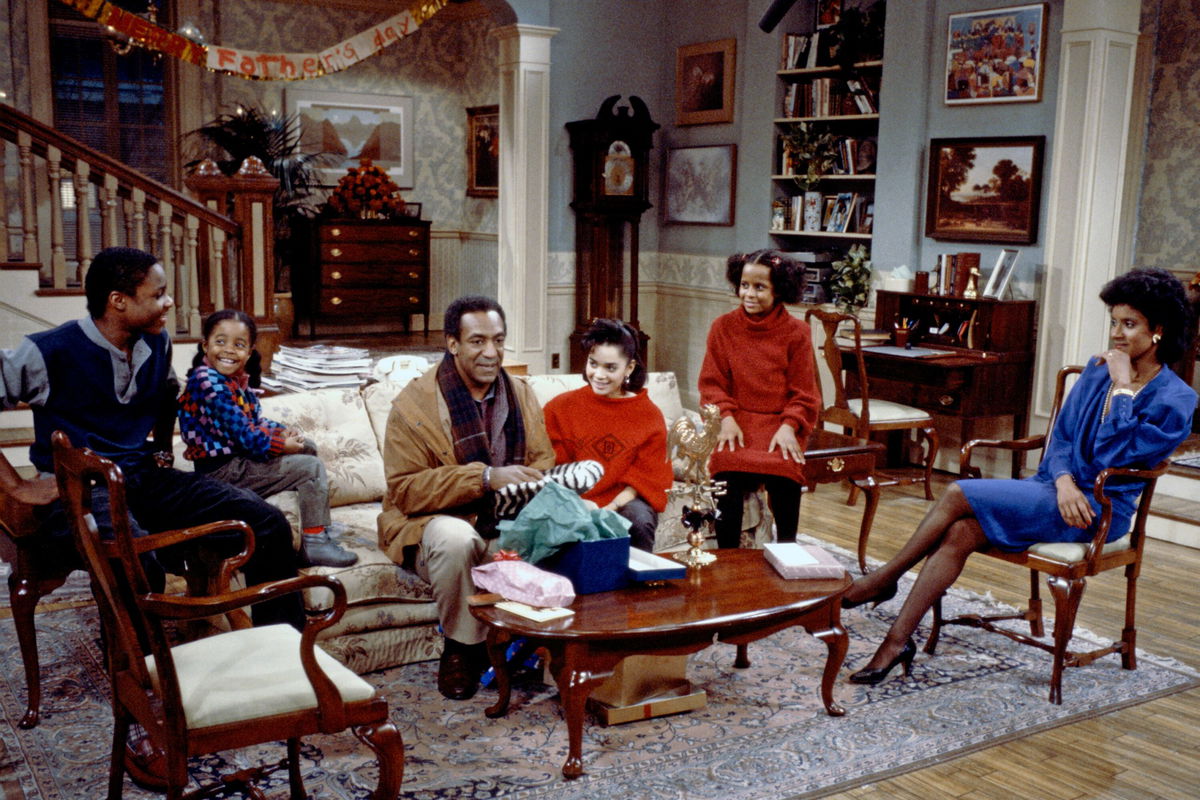
ABC entertainment chief Paul Lee recently said that shows lacking in diversity feel “dated because America doesn’t look like that anymore.” The Cosby Show was ahead of its time in that way; without the Huxtables it’s hard to imagine families as different as the ones in The Fresh of Prince of Bel Air, Everybody Hates Chris, or Black-ish on our screens.

